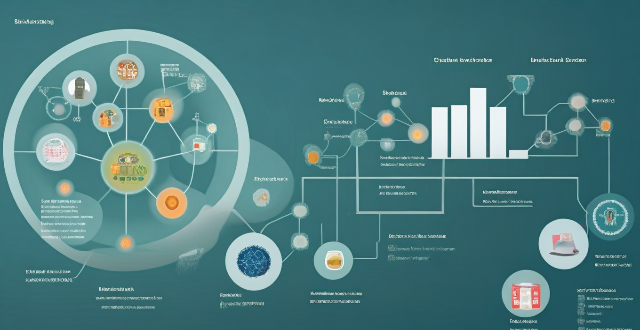To obtain valid consent under data protection laws, organizations must adhere to specific requirements. These include providing clear and concise information about the data processing activities, ensuring that consent is freely given without pressure or coercion, making the consent specific and unambiguous for each purpose of data processing, informing individuals about their rights under data protection laws, and maintaining ongoing transparency and open communication. By following these guidelines, organizations can protect individuals' rights and privacy while building trust with their customers.

Requirements for Obtaining Consent under Data Protection Laws
Consent is a fundamental concept in data protection laws. It refers to the individual's freely given, specific, informed, and unambiguous indication of their wishes regarding the processing of their personal data. To obtain valid consent under data protection laws, certain requirements must be met. These requirements are designed to ensure that individuals fully understand what they are agreeing to and have control over how their personal data is used. Here are the key requirements for obtaining consent under data protection laws:
1. Clear and Concise Information
*Explanation*:
To obtain valid consent, you must provide clear and concise information about the data processing activities. This includes the purpose of collecting the data, the type of data being collected, the recipients of the data, and any potential consequences of refusing consent. The information should be presented in a way that is easy to understand, avoiding technical jargon or complex language.
*Example*:
If your organization collects customer email addresses for marketing purposes, you must clearly explain why you need these emails, what types of marketing communications customers can expect, and how they can opt-out of receiving such communications in the future.
2. Freely Given
*Explanation*:
Consent must be freely given without any pressure or coercion. Individuals should have the right to refuse consent without facing any negative consequences. This means that pre-ticked boxes or default settings that assume consent are generally not considered valid.
*Example*:
If your website has a pre-ticked box for subscribing to newsletters during the registration process, this does not constitute freely given consent. Instead, users should actively opt-in by ticking the box themselves after being informed about the newsletter and its contents.
3. Specific and Unambiguous
*Explanation*:
The consent should be specific to the data processing activity and unambiguous in nature. Broad or general consent that covers multiple unrelated purposes is typically not considered valid. The individual should explicitly agree to each purpose for which their data will be processed.
*Example*:
If your company wants to use customer data for both marketing and research purposes, you should obtain separate consent for each activity. This ensures that customers understand and agree to each specific use case for their data.
4. Informed
*Explanation*:
Before giving consent, individuals must be adequately informed about their rights under data protection laws. This includes their right to access their personal data, correct inaccuracies, delete their data, and withdraw consent at any time. Providing this information helps individuals make an informed decision about whether to grant consent.
*Example*:
Your privacy policy could include a section explaining these rights in detail, ensuring that users are aware of their options and can exercise control over their personal data.
5. Ongoing Transparency and Communication
*Explanation*:
Maintaining transparency and open communication with individuals is crucial for upholding valid consent. You should regularly update individuals on how their data is being used and provide them with opportunities to adjust their preferences or withdraw consent as needed.
*Example*:
Periodically sending updates or reminders about the purposes for which you're using someone's data can help ensure that their original consent remains informed and relevant. Additionally, offering straightforward mechanisms to update preferences or withdraw consent reinforces the individual's control over their personal information.
By adhering to these requirements, organizations can ensure that they obtain valid consent from individuals under data protection laws. This not only protects the rights and privacy of individuals but also helps build trust between organizations and their customers.